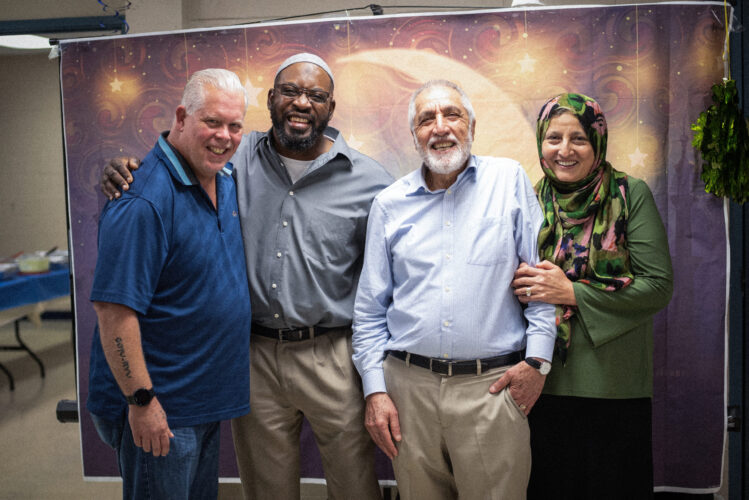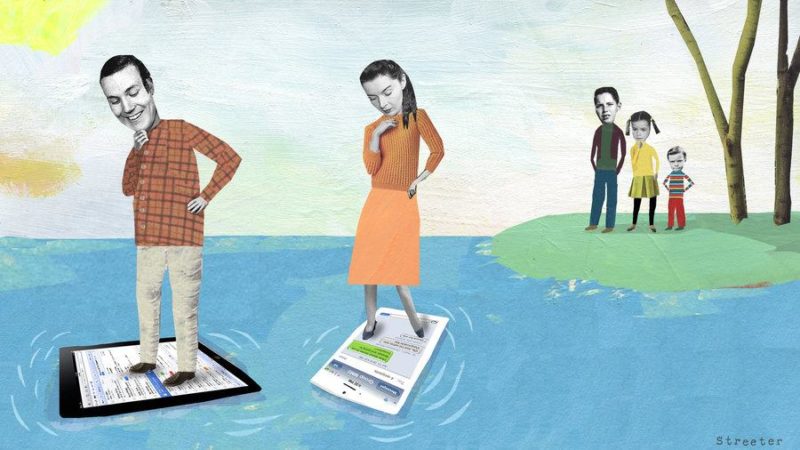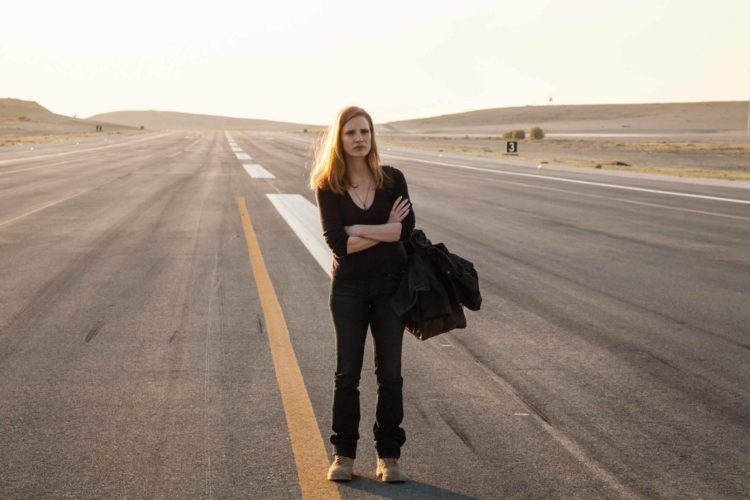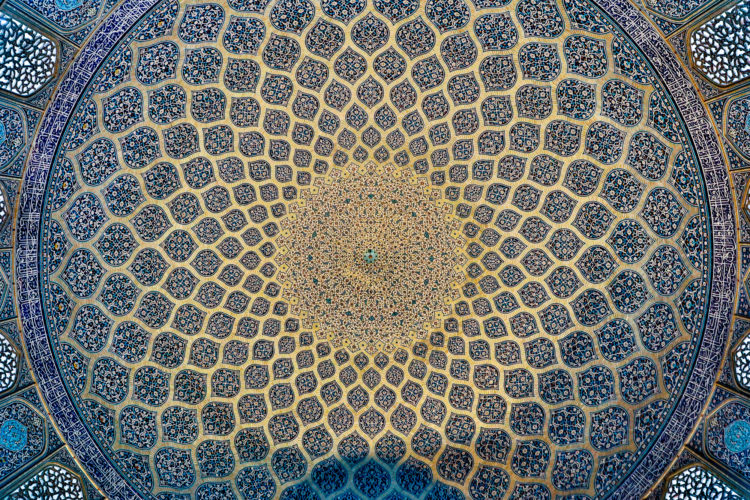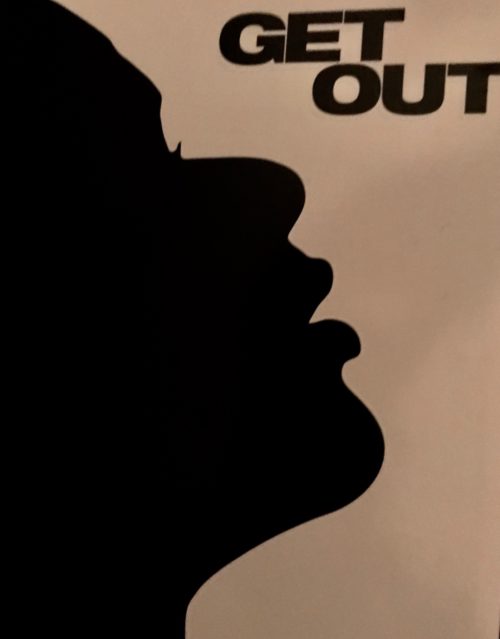Generation Hope
By Beverly Andrews
As we continue to mark the centenary of World War I, we see worrying shadows of the past; a suspected politically motivated assassination attempt, the possible launching of a global trade war, alongside the demonization of faith groups around the world and added to that a shocking rise in hate crimes. All seem to be disturbing echoes of the events which led to both global conflicts, World War I and World War II. Added to this toxic mix is the increasing possibility of a nuclear conflict. It can appear as if we have learned few lessons from the past. But over the course of the last few weeks three events have highlighted the possibility of the young among us to shine a light during these dark times and in doing so, give us all hope for the future.
Generation Hope was an event which was organized by the UK youth division of the Soka Gakkai International (SGI), a global lay Buddhist organization, based on the writings of a 13th century Buddhist monk Nichiren Daishonin. The organisation focuses on key areas in society including culture and education and works tirelessly to create a peaceful world with a specific focus globally on the abolition of nuclear weapons. Generation Hope was created to commemorate a date sixty years ago, when the second president of the SGI, Josei Toda, a former teacher, handed the responsibility on to his then young successor, Daisaka Ikeda to work for what the organisation calls kosen rufu. Kosen rufu means global peace achieved by creating a climate in which everyone can live fulfilled and happy lives. The UK youth division of the SGI set a target of attracting six thousand young people from around the country to attend events staged in three different cities: Manchester, London and Bristol. At London’s Apollo theatre it was heartening to see queues stretching several blocks, as thousands of young people of all different ethnicities and classes, including those who practice Nichiren Buddhism alongside those who do not, standing on an unseasonably cold day patiently in line waiting for the doors to open. The event itself was beautifully produced and included dance, music and spoken world poetry presented by a young troop of performers, which included both seasoned professionals performing alongside those new to the stage. All delivered charming, professional performances. The most powerful moments of the day were those which focused on the individual experiences of young Buddhist members, who in their short lives have often faced and surmounted what on paper appeared to be insurmountable challenges. They explained how through the use of their Buddhist practice they were able to change their lives and then go on to work to make positive changes in society.
What was very inspiring about these moments was the message of hope each speaker extended to the audience, a message which seem to say “If I can do this then so can you”. One of the core tenets of the Soka Gakkia is the belief that everyone has enormous potential within their own lives; through the use of their Buddhist practice they develop the ability to fulfil that potential and in the process of doing so, they then can help and encourage others. This example of youthful solidarity was very much on show when one speaker briefly hesitated and paused. The audience instinctively applauded him in an act of encouragement, he looked up and smiled and then went on to complete his lovely speech before going on to perform a dazzling dance solo. One of the most powerful moments of the afternoon was the screening of award winning film director Maeve Murphy’s film Global Network of Peace, a short, which looks at the origins of the SGI in wartime Japan. The film highlighted the devastation of nuclear war with its interview with a Hiroshima survivor and charted how out of this darkness the SGI emerged and how throughout the years which followed, the organization has worked tirelessly for a nuclear free world partnered with the 2017 Noble Peace Prize winner ICAN (International Campaign to Abolish Nuclear Weapons), which last year successfully completed a treaty on the prohibition of nuclear weapons which has been adapted by 122 countries around the world. One of the continuous themes throughout the day was that the young can make a difference, a thread picked up on by the last speaker, a young woman who through her Buddhist practice achieved her dream of speaking at the UN as part of a SGI student contingent campaigning for the abolition of nuclear weapons. Now a Westminster researcher, you felt that with her fierce determination she would use her Buddhist practice to continue to work for global peace.
The same week Generation Hope took place saw students across America marking the one-month anniversary of the Florida high school shooting. The anniversary was commemorated by two very moving demonstrations. The first was the simple placing of a pair of shoes for every young person killed by a firearm since the Sandy Hook elementary school massacre in 2012, at the nation’s capital; there were in the end 7,000 pairs of shoes. That number exceeds the number of deaths in many conflict zones. The second protest was a seventeen minute walkout by students across the country. Seventeen minutes was picked to mark the life of each student who died in Florida. Survivors of the Florida tragedy were joined by students from around the country, different faith and ethnic groups as well as students from across the economic spectrum. This was followed by the mammoth March For Your Life, a series of marches across the country spearheaded by the survivors of the Florida High School shooting. The largest march took place in Washington, which saw 800,000 demonstrators and included speeches by both survivors as well as student organizers from across the country.
Two speeches in particular stood out, that of the beautiful and startlingly mature eleven year old Naomi Wadler, who spoke with more intelligence and eloquence about the disproportionate effect gun violence has on the lives of black women, then any member of the country’s current administration. And then that of Emma Gonzalez, a Florida school shooting survivor, her speech much of which was a requested silence, took six minutes and twenty seconds, the length of time it took the shooter in Florida to kill seventeen students. These protests were held in order to highlight the need for what they feel are sensible gun ownership restrictions, in particular restrictions on the ownership of assault rifles, which have been responsible for so many of the country’s most deadly shootings. The question these students across America are posing, is that when an arms association holds such sway in a country, can that country be seen as a truly healthy society? As one impassioned student said in a speech, “Adults have let us down now it’s up to us to take responsibility to create the world we deserve.” One sign taken to the Washington march put it succinctly “I should be writing my essay, not my will.”
There is no apparent link between Generation Hope and the student protests; the SGI has no official connection with the growing student movement in America. But what these events do have in common is that they are both youth led and they both focus on the fundamental principle of the sanctity of all life, be that the life of a young person to have the chance to transform, in some cases rise above the circumstances they were born in and fulfil their dreams and have the life they deserve, while creating value in society, or - in America - to simply go to school and return home alive. They both seem to suggest that societies that do not place the sanctity of life at their core are societies which are ultimately doomed to fail, societies forever stuck in a kind of real life groundhog day where they continue to repeat the mistakes of the past. These brave young individuals at these events have pointed the way to a more hopeful future; it is now up to us whether we decide to follow their lead.
FΩRMIdea London, 28th March 2018.






